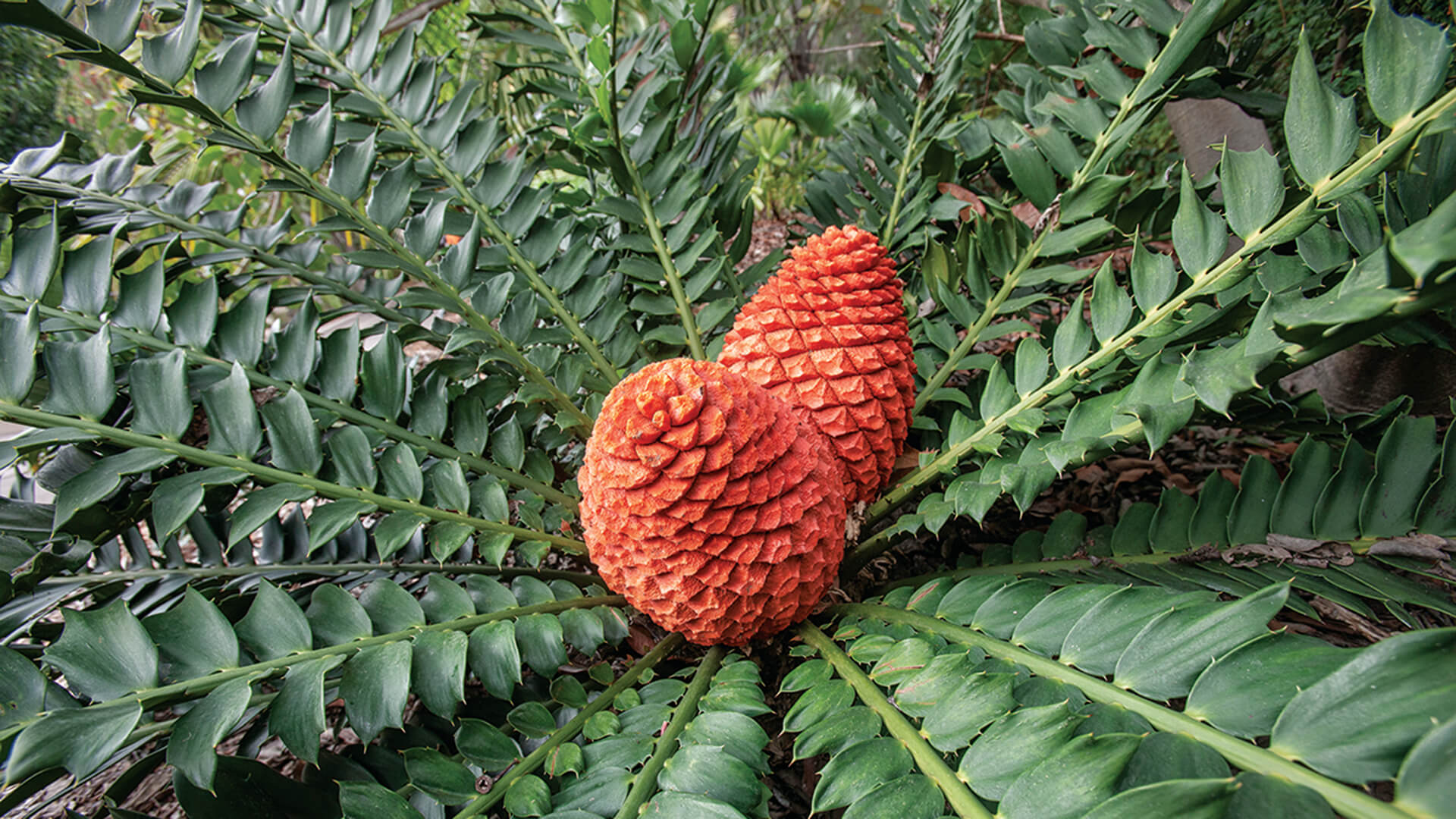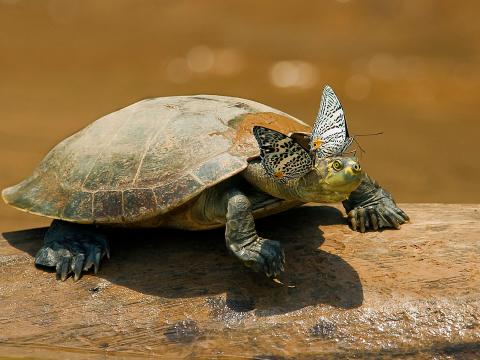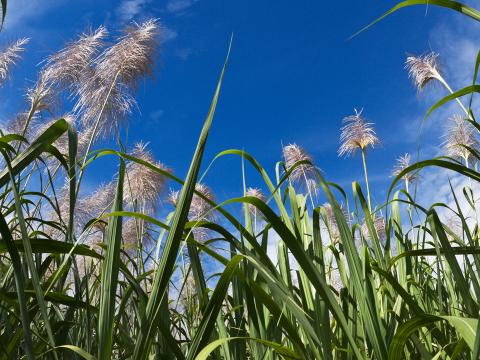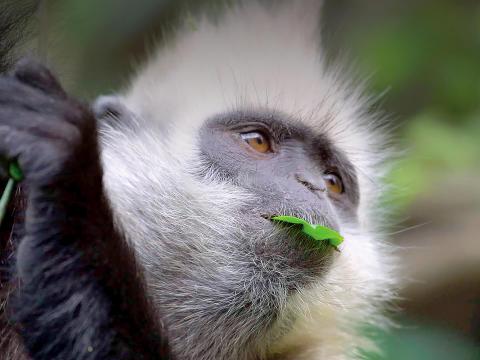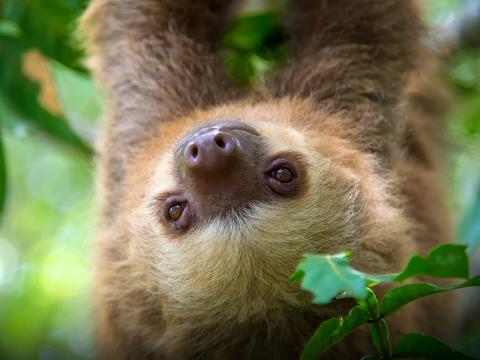Cycad
- DIVISION: Cycadophyta
- CLASS: Cycadopsida
- ORDER: Cycadales
- FAMILY: Cycadaceae, Stangeriaceae, Zamiaceae
- GENERA: 11
- SPECIES: 185
OVERVIEW
Cycads might be one of the most remarkable plants that thrived in prehistoric times. In fact, the Mesozoic era (65 to 230 million years ago) is often called the Age of Cycads and Dinosaurs, in honor of two of the most prominent lifeforms at the time. There was a strong relationship between the two—it's believed that cycads were the main food source for herbivorous dinosaurs.
Today, the young leaves and seeds of a number of cycad species continue to provide food for animals, although most are poisonous for humans without processing to remove their natural alkaloids.
CHARACTERISTICS
Although many cycads resemble palms, they are actually more closely related to conifers, which becomes more obvious when they produce their cones. Unlike conifers, however, which usually have male and female cones on the same plant, cycads often have the male and female cones on separate plants. Some cycads are wind-pollinated, but most are pollinated by insects, birds, and mammals such as squirrels or coatis.
CULTIVATION
As might be expected of a plant group that has survived for millions of years, cycads are a hardy type of plant. They do well in the warm climate garden in a well-drained spot with plenty of sun. Cycads need a medium amount of water, but cannot tolerate frost. However, they are popular indoor plants, where temperatures can be controlled so they thrive year round. The key to a happy indoor cycad is to keep the soil moist.
The hard, sharp edges of the leaflets make it important to carefully plan where these "pokey" plants are placed in a landscape or room.Cycads are slow growing, long-living plants that increase in value as they age and grow. It generally takes 10 to 15 years for them to reach maturity and begin producing cones.
CONSERVATION
For millions of years, these plants have managed to adapt and survive, becoming even more widespread. Yet, today cycads represent one of the the most threatened plant groups on Earth. According to the International Union for the Conservation of Nature "...more than half the known species are now classified as Threatened."
Urbanization and the resulting concentration of the human population have affected cycads in negative ways. In addition to loss of habitat and collection for the plant trade, people with limited economic means have turned to harvesting wild cycads for food.
Efforts to protect threatened and endangered cycad species range from enforcement of species protection to establishing gene banks and managing collections and propagation of cycads.
The San Diego Zoo nurtures an accredited cycad collection of more than 810 plants representing 108 species, including 23 endangered species, 15 critically endangered species, and 40 others listed as either vulnerable or near threatened. In partnership with other botanical institutions, San Diego Zoo Wildlife Alliance is dedicated to conserving the diversity of cycads and promoting the preservation of cycad habitats through research, awareness, and education.
By supporting San Diego Zoo Wildlife Alliance, you are our ally in saving and protecting wildlife worldwide.

